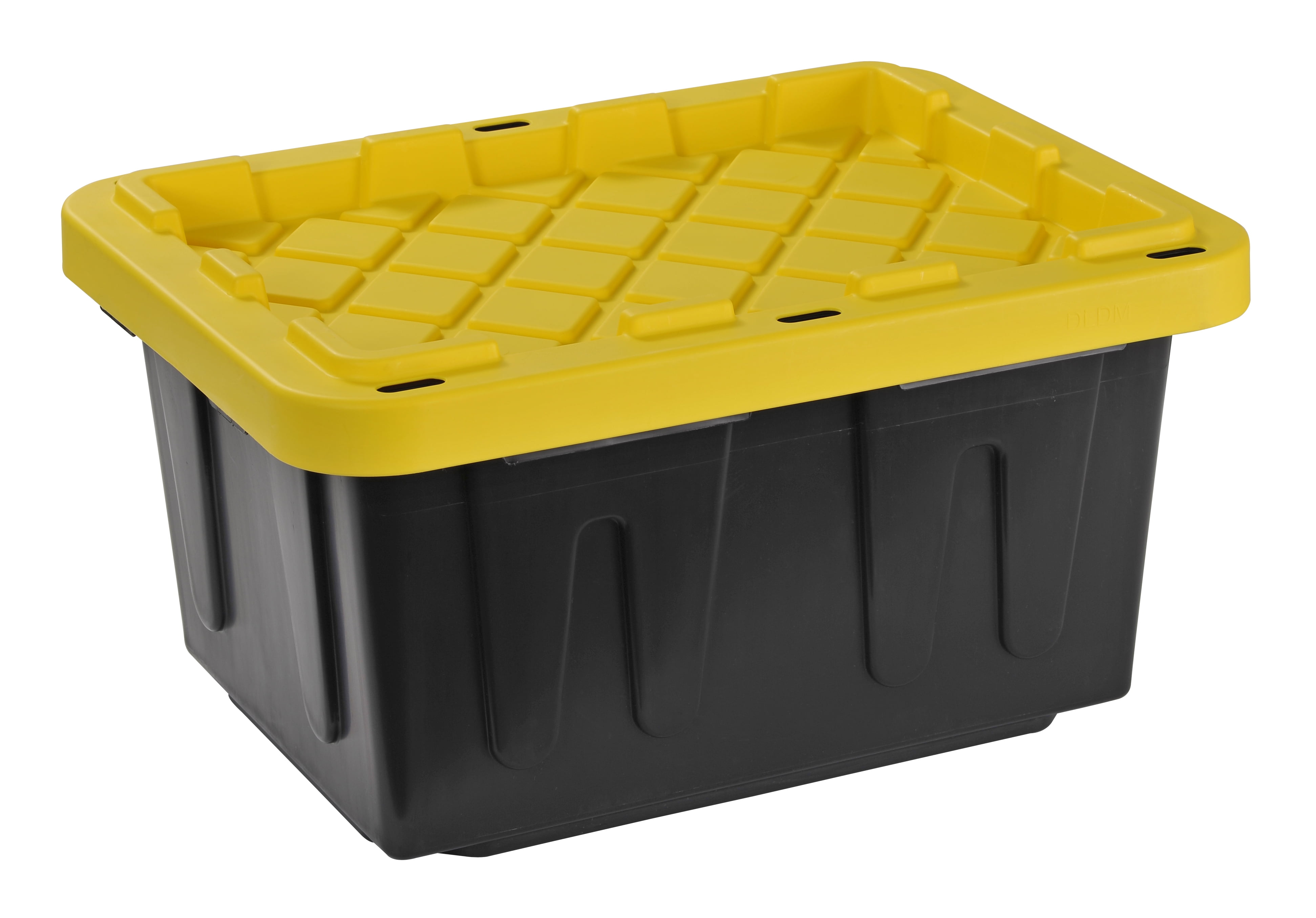1970FuryConv
Old Man with a Hat
Steering Linkage: received a 24 hour soaking in rust remover solution
this is the original steering linkage. One tie rod was badly bent, so it had to be recycled. I used a hammer and this pickle fork to bust the good tie rod off of the center link.

This is the linkage from a parts car. It was able to donate a 2nd good tie rod. Tie rod ends were recycled.

Steering linkage in the soup

Vise was handy for removing tie rod ends from the tie rod

threads in the tie rods look all right


I measured the length of the tie rod and ends at 12 15/16 inches center grease fitting the center grease fitting, measured horizontal along the tie rod. That should get me in the ballpark when I assemble the steering linkage.

Tie rods will look better after more cleanup, but it was encouraging that the rust remover did loosen the tie rod ends in the tie rods.

this is the original steering linkage. One tie rod was badly bent, so it had to be recycled. I used a hammer and this pickle fork to bust the good tie rod off of the center link.
This is the linkage from a parts car. It was able to donate a 2nd good tie rod. Tie rod ends were recycled.
Steering linkage in the soup
Vise was handy for removing tie rod ends from the tie rod
threads in the tie rods look all right
I measured the length of the tie rod and ends at 12 15/16 inches center grease fitting the center grease fitting, measured horizontal along the tie rod. That should get me in the ballpark when I assemble the steering linkage.
Tie rods will look better after more cleanup, but it was encouraging that the rust remover did loosen the tie rod ends in the tie rods.



















